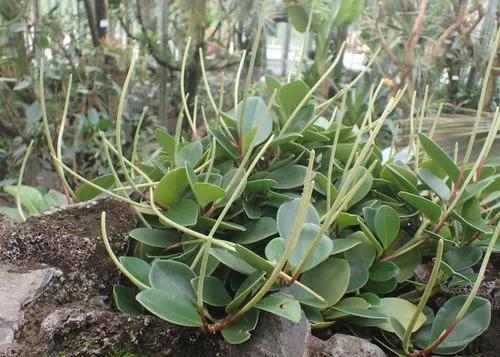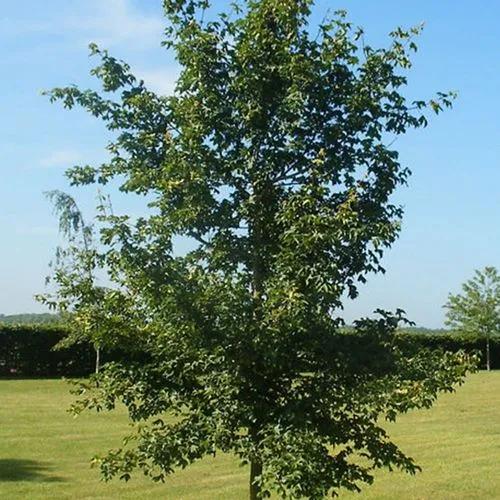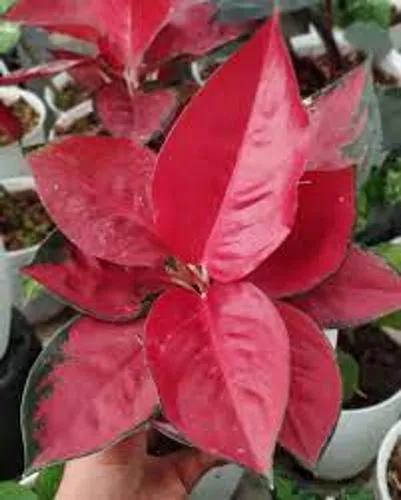Compared to other genera of the family Araceae, philodendrons have an extremely diverse array of growth methods. The habits of growth can be epiphytic, hemiepiphytic, or rarely terrestrial. Others can show a combination of these growth habits depending on the environment. Hemiepiphytic philodendrons can be classified into two types: primary and secondary hemiepiphytes. A primary hemiepiphytic philodendron starts life high up in the canopy where the seed initially sprouts. The plant then grows as an epiphyte. Once it has reached a sufficient size and age, it will begin producing aerial roots that grow toward the forest floor. The leaves are usually large and imposing, often lobed or deeply cut, and may be more or less pinnate. They can also be oval, spear-shaped, or in many other possible shape variations. The leaves are borne alternately on the stem. A quality of philodendrons is that they do not have a single type of leaf on the same plant. Instead, they have juvenile leaves and adult leaves, which can be drastically different from one another. The leaves of seedling philodendrons are usually heart-shaped early in the life of the plant. But after it has matured past the seedling stage, the leaves will acquire the typical juvenile leaf's shape and size. Philodendrons also produce cataphylls, which are modified leaves that surround and protect the newly forming leaves. Cataphylls are usually green, leaf-like, and rigid while they are protecting the leaf. In some species, they can even be rather succulent. Once the leaf has been fully formed, the cataphyll usually remains attached where the stem and base of the leaf meet. In philodendrons, cataphylls typically fall into two categories: deciduous and persistent types.
Green Emerald Philodendrin Care
Philodendron erubescens 'Green Emerald'



How to Care for the Plant

Water

These plants generally like a moderate amount of soil moisture. Water whenever the top inch of soil has dried out. Both overwatering and underwatering can cause the leaves to droop, so gauge when it’s time to water by the soil dryness and not necessarily the leaves. Philodendrons don’t do well sitting in soggy soil, as this can lead to root rot. The non-climbing varieties tend to have a little more drought tolerance than the vining species.

Pruning

It's best to prune the plant in spring or fall, but yellowing, spindly growths, and dead or dying leaves can be removed anytime. You can simply pinch off leaves you want to remove or use clean pruning shears. The goal is to get your philodendron to a size that works for you and make it become fuller.

Fertilizer

Use a balanced liquid fertilizer monthly on your plant in the spring and summer. Then, reduce feeding to every six to eight weeks in the fall and winter. If your plant isn’t getting enough food, its growth will be slower than normal and its leaves might appear smaller than usual.

Sunlight

Best in moderate to bright

Soil

Keep your plant in top form by feeding it every few weeks with a dilute solution of liquid fertiliser or sprinkling soild fertiliser over the soil.

Temperature

Keep it in an area with temperatures between 65-85 degrees. Feed your Homalomena Emerald Green once a month during spring and summer with a general houseplant fertilizer diluted to half the recommended strength.

Additional

All philodendrons contain calcium oxalate are very poisonous. Some plants contain chemicals such as oxalates, solanine, glycosides, or alkaloid lycorine that may cause vomiting, nausea, diarrhea, swelling and redness of the mouth, throat, and lips, and trouble breathing.
Discover more plants with the list below
Popular articles






